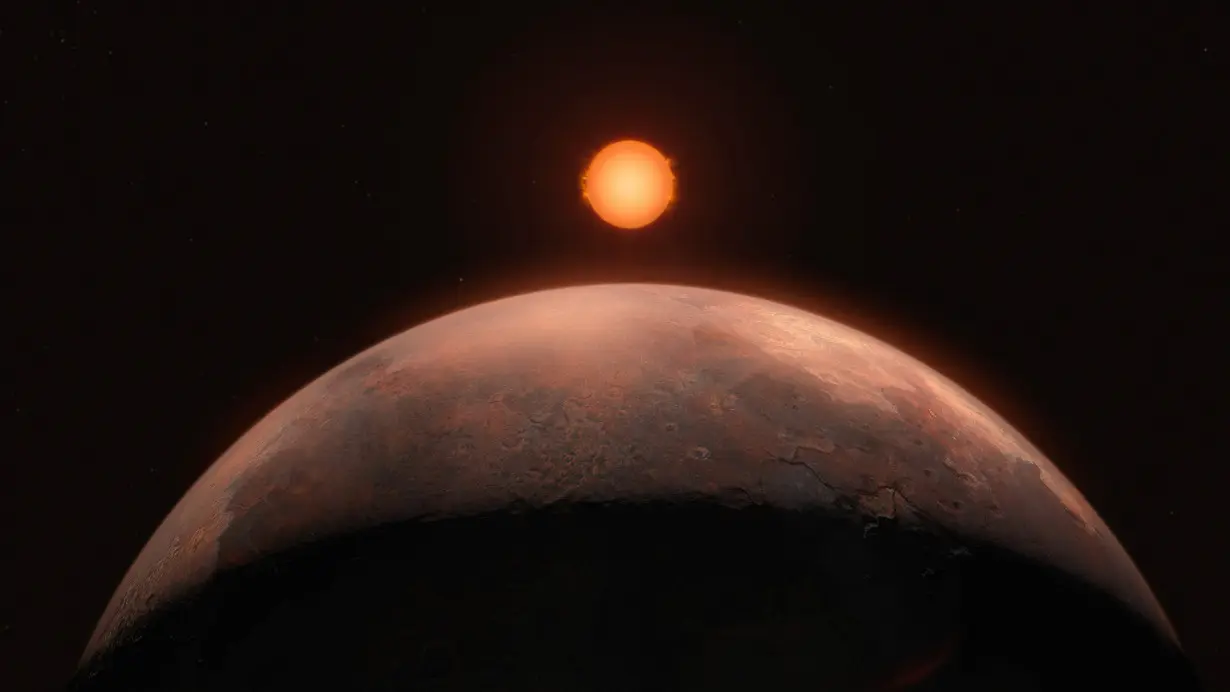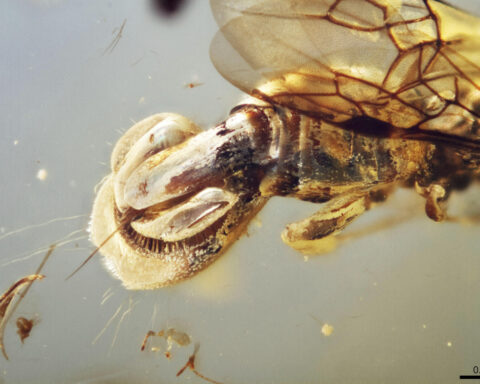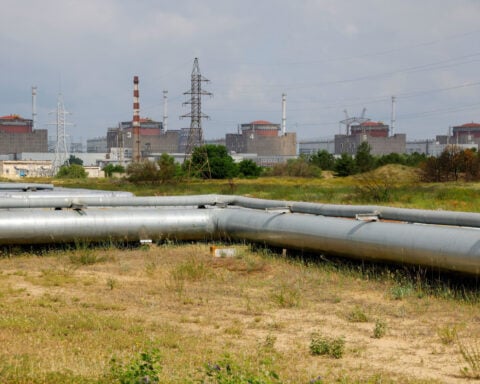By Will Dunham
WASHINGTON (Reuters) - Barnard's star is a red dwarf, the smallest type of regular star and much smaller and less luminous than our sun. At about 6 light years away, it is the closest single star - one not orbiting with other stars - to our solar system. It is, in cosmic terms, in our neighborhood.
Because of this, scientists eager to study nearby potentially habitable worlds are excited by the discovery of the first confirmed planet orbiting Barnard's star, a rocky one with a mass about 40% that of Earth.
While this planet, orbiting very close to Barnard's star, has a surface temperature too high to be suitable for life, the researchers found what they called "strong hints" of three other planets around Barnard's star that might be better candidates.
The confirmed planet, called Barnard b, has a predicted diameter about three-quarters that of Earth, so about 6,000 miles (9,700 km).
"It is one of the least massive planets ever found," beyond our solar system, said astronomer Jonay González Hernández of the Instituto de Astrofísica de Canarias in Tenerife, Spain, lead author of the study published this week in the journal Astronomy & Astrophysics.
Among planets in our solar system, only Mars and Mercury are smaller.
Barnard b, with a surface temperature around 275 degrees Fahrenheit (125 degrees Celsius), orbits Barnard's star in just three Earth days at a distance 20 times closer than our solar system's innermost planet Mercury is to the sun.
Planets beyond the solar system are called exoplanets. Scientists searching for exoplanets that possibly could harbor life look at those residing in the "habitable zone" around a star, where it is not too hot and not too cold, and liquid water can exist on the planetary surface.
The researchers used an instrument called ESPRESSO on the European Southern Observatory's Chile-based Very Large Telescope to detect this planet. The three other potential planets orbiting Barnard's star all apparently are rocky and smaller than Earth, ranging from 20-30% of Earth's mass. The hope is that at least one of these may be in the vicinity of the habitable zone.
If confirmed, this would be the only known star with a multi-planet system entirely comprised of planets smaller than Earth.
Barnard's star, in the constellation Ophiuchus, has a mass about 16% of the sun's, a diameter 19% of it and is far less hot. It also is estimated to be more than twice as old as the sun.
"Being so cold and small, it is quite faint, making its habitable zone much closer to the star than in the case of the sun," said Instituto de Astrofísica de Canarias astronomer and study co-author Alejandro Suárez Mascareño. "It also is a very quiet star. While some red dwarfs have been found to flare very frequently, Barnard's star doesn't do it."
The closer that exoplanets are to us, the easier they are to study. It is easier to detect low-mass rocky planets orbiting red dwarfs, the most common type of star in our Milky Way galaxy, than around larger stars.
Only the three stars in the Alpha Centauri system, about 4 light-years away, are closer to our solar system than Barnard's star. A light-year is the distance light travels in a year, 5.9 trillion miles (9.5 trillion km). Two exoplanets have been detected in the Alpha Centauri system, both orbiting the red dwarf Proxima Centauri. One has a mass about equal to Earth's. The other is about 25% Earth's mass.
In science fiction, light speed travel is commonplace. In reality, it is far beyond human capabilities, though research projects such as Breakthrough Starshot are exploring the feasibility of interstellar travel. Barnard's star and Alpha Centauri might be on wish lists of future destinations.
"While they are very close in astronomical terms, they are out of reach for any kind of human technology. However, if projects such as the Breakthrough Starshot are successful, it is likely that these will be some of the first targets," Mascareño said.
(Reporting by Will Dunham, Editing by Rosalba O'Brien)

 Trump has begun another trade war. Here's a timeline of how we got here
Trump has begun another trade war. Here's a timeline of how we got here
 Canada's leader laments lost friendship with US in town that sheltered stranded Americans after 9/11
Canada's leader laments lost friendship with US in town that sheltered stranded Americans after 9/11
 Chinese EV giant BYD's fourth-quarter profit leaps 73%
Chinese EV giant BYD's fourth-quarter profit leaps 73%
 You're an American in another land? Prepare to talk about the why and how of Trump 2.0
You're an American in another land? Prepare to talk about the why and how of Trump 2.0
 Chalk talk: Star power, top teams and No. 5 seeds headline the women's March Madness Sweet 16
Chalk talk: Star power, top teams and No. 5 seeds headline the women's March Madness Sweet 16
 Purdue returns to Sweet 16 with 76-62 win over McNeese in March Madness
Purdue returns to Sweet 16 with 76-62 win over McNeese in March Madness








